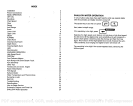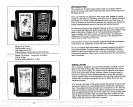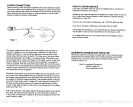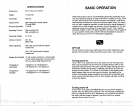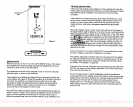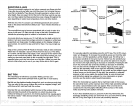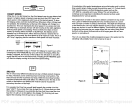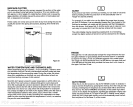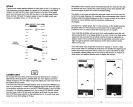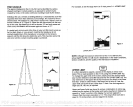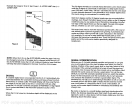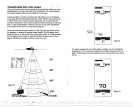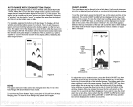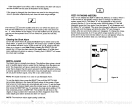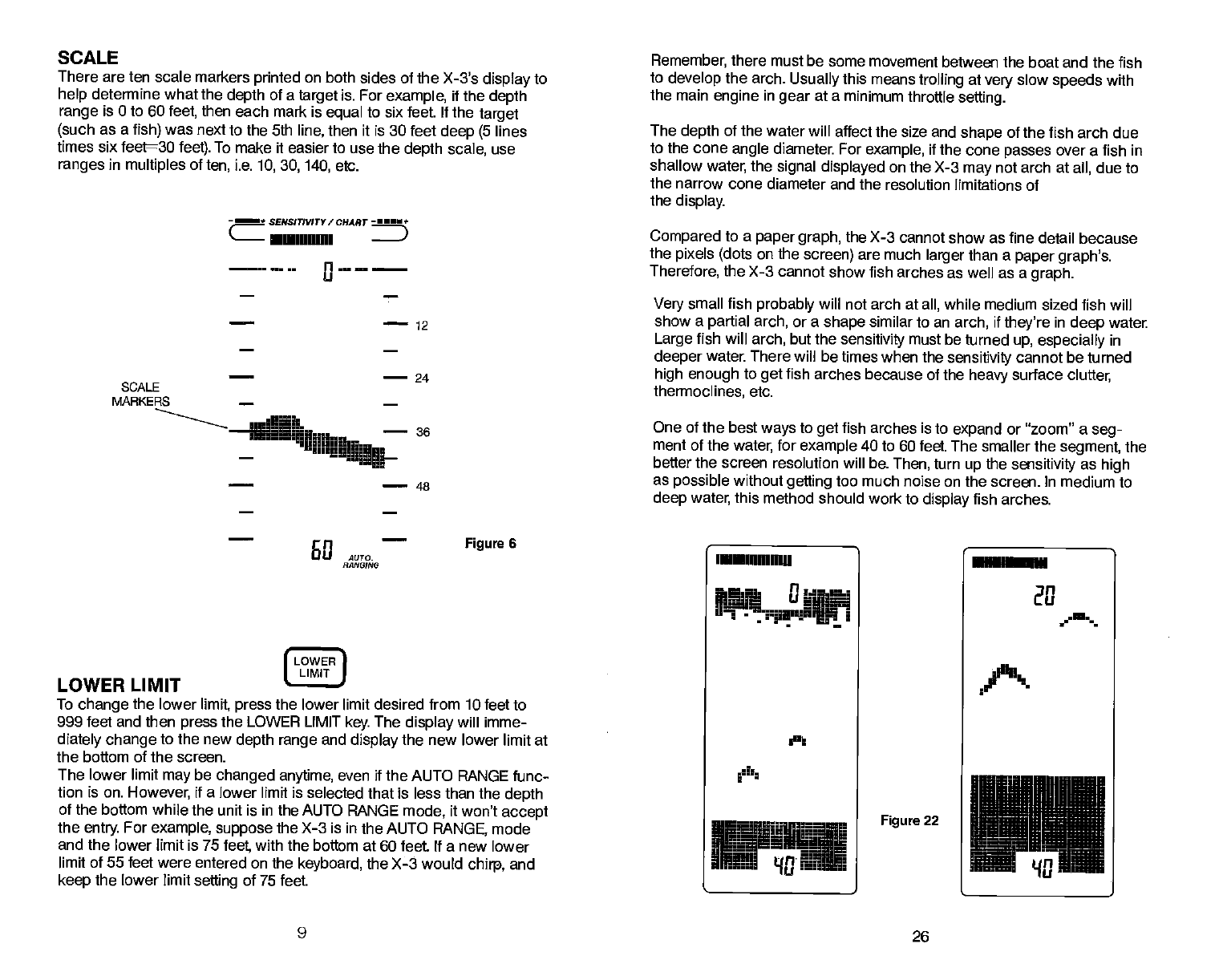
SCALE
Remember,
there must be some
movement between the boat and
the fish
There are ten scale
markers
printed
on both sides of the X-3's
display
to
help
determine what the
depth
of a
target
is. For
example,
if the
depth
range
is 0 to 60
feet,
then
each mark is
equal
to six feet. If
the
target
(such
as a
fish)
was next to
the 5th
line,
then it is 30 feet
deep (5
lines
times six feet=30
feet).
To make it easier to
use the
depth
scale,
use
ranges
in
multiples
often,
i.e.
10, 30, 140,
etc.
SENSITIVITY/CHAR
c::
•iui
Ii.--.——
—
12
—
24
SCALE
MARKERS
1llmm36
48
to
develop
the arch.
Usually
this means
trolling
at
very
slow
speeds
with
the main
engine
in
gear
at a minimum
throttle
setting.
The
depth
of the water will affect the size
and
shape
of the fish arch due
to the
cone
angle
diameter. For
example,
if the cone
passes
over a fish in
shallow
water,
the
signal displayed
on
the X-3
may
not arch at
all,
due to
the
narrow cone diameter and the resolution
limitations of
the
display.
Compared
to a
paper graph,
the X-3 cannot
show as fine detail because
the
pixels (dots
on the
screen)
are much
larger
than
a
paper graph's.
Therefore,
the X-3
cannot show fish arches as well as a
graph.
Very
small fish
probably
will not arch at
all,
while medium sized
fish
will
show a
partial arch,
or a
shape
similar to an
arch,
if
they're
in
deep
water
Large
fish will
arch,
but the
sensitivfty
must be turned
up, especially
in
deeper
water There will
be times when the
sensitivity
cannot be turned
high enough
to
get
fish
arches because of the
heavy
surface
clutter,
therrnoclines,
etc.
One of
the best
ways
to
get
fish arches is to
expand
or "zoom" a
seg-
ment of the
water,
for
example
40 to 60 feet. The smaller the
segment
the
better the
screen resolution will be.
Then,
turn
up
the
sensitivity
as
high
as
possible
without
getting
too much noise on the
screen.
In
medium to
deep water,
this method should work to
display
fish arches.
F LOW1
LIMIT
J
LOWER LIMIT
To
change
the lower
limit,
press
the lower limit desired from 10 feet to
999 feet and then
press
the LOWER LIMIT
key.
The
display
will
imme-
diately change
to the new
depth range
and
display
the new lower limit at
the bottom of the screen.
The lower limit
may
be
changed anytime,
even if the AUTO RANGE func-
tion is on.
However,
if a lower limit is selected that is less than
the
depth
of the bottom while the unit is in the AUTO
RANGE
mode,
it won't
accept
the
entry
For
example, suppose
the X-3 is in the
AUTO
RANGE,
mode
and the lower limit is 75
feet
with the bottom at
60 feet If a new lower
limit of 55 feet were entered on the
keyboard,
the X-3 would
chirp,
and
keep
the lower limit
setting
of 75 feet.
Figure
6
LILI AUTO.
RANUING
——"OHIO
P1
Figure
22
9
26
PDF compression, OCR, web-optimization with CVISION's PdfCompressor



